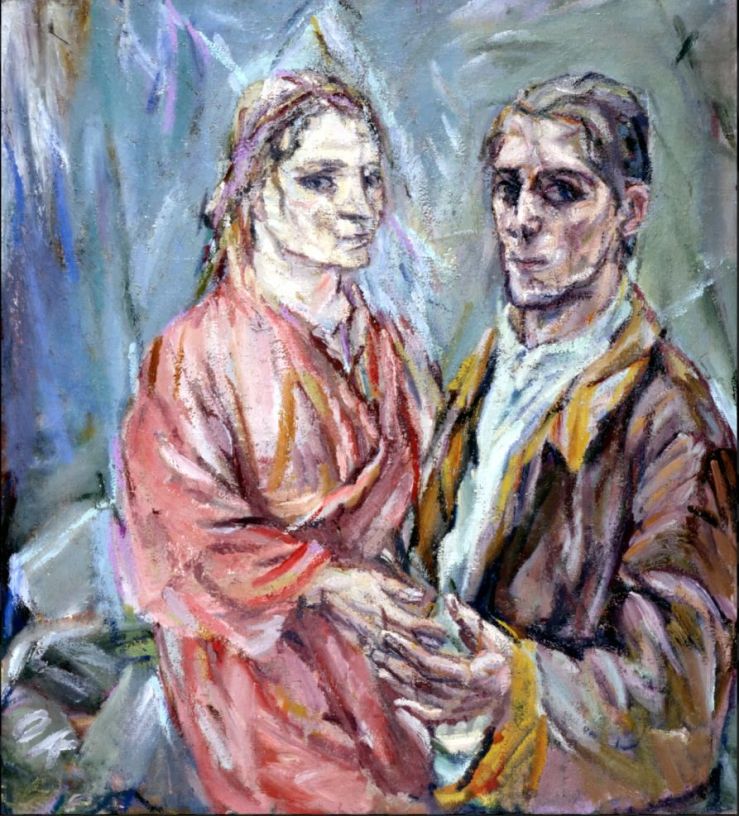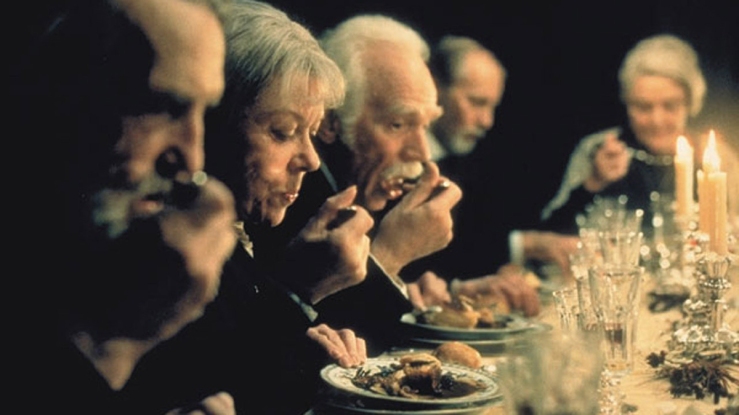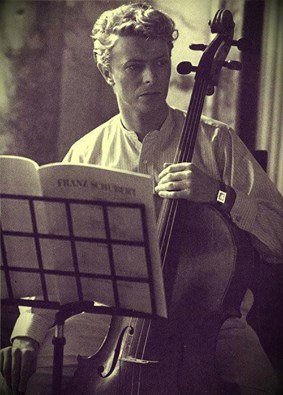Alma Mahler was a widow for a year when she met the painter Oskar Kokoschka. Having annulled (temporarily) her relationship with Walter Gropius to repair her marriage to Gustav Mahler and to enjoy a semblance of connubial happiness prior to the composer’s death in May 1911, in widowhood Alma was drifting into another intense episode of her life. Kokoschka presented as a fiery and turbulent protagonist compared to the serious, intense Mahler and the elegant Gropius; Alma was entranced.

Shortly after their meeting, Kokoschka wrote her a passionate letter, devoting himself to her and begging to marry her and it wasn’t long before Alma and Oskar became embedded in an intense erotic saga, a folie à deux, that was to last three years. Throughout this time Oskar’s indiscreet and explosive obsession with Alma evolved through his art, in his famous seven painted fans depicting his love for her and the notorious painting ‘Die Windsbraut’ – The Bride of the Wind. This celebrated painting features the sepulchral looking artist gripping the curvaceous and glowing body of Alma – as if he would die the moment she let him go.
Alma found the relationship exhausting – the physical and emotional demands of her jealous lover were stifling and eventually terrifying. Even Oskar’s mother realised that her son was in the grip of erotomania and begged Alma to let him go. The trouble was that Alma tried and he just wouldn’t. When she became pregnant by him she had the child aborted, fearing the relationship would not sustain itself, but this made things worse for poor Oskar. However, the approaching war provided a distraction for the painter and he enlisted, probably at Alma’s behest. He got a commission with the assistance of a friend and left for the front in his K und K uniform finery. Unfortunately, he received a serious bayonet injury to the head in Galicia and was sent to convalesce, seeing out of the war in a struggle to regain his physical and mental strength, pining for Alma and his dead child.

In this time, Alma had resumed her affair with the more refined and aristocratic Walter Gropius and they announced their marriage in 1915, further crushing Kokoschka. In 1918 in an attempt to finally exorcise his subjugation to his passion, and accepting that he had lost her to Gropius, he commissioned the Munich based doll- maker Hermine Moos to make a life-sized doll of Alma, replete in all detail. It was even said to have included Alma’s pubic hair. On completion of the project, Oskar proudly introduced his ‘escort’ into Viennese society, walking her around the Ringstrasse and taking her to the opera, inciting a mix of outrage, concern and hilarity among his peers. It was soon clear however, that the doll which he called ‘the silent woman’, was unable to resolve any of his unending erotic desire for his lost love and it was destroyed.

As the painter later remarked :
Finally, after I had drawn it and painted it over and over again, I decided to do away with it. It had managed to cure me completely of my passion. So I gave a big champagne party with chamber music, during which my maid Hulda exhibited the doll in all its beautiful clothes for the last time. When dawn broke – I was quite drunk, as was everyone else – I beheaded it out in the garden and broke a bottle-of red wine over its head.


